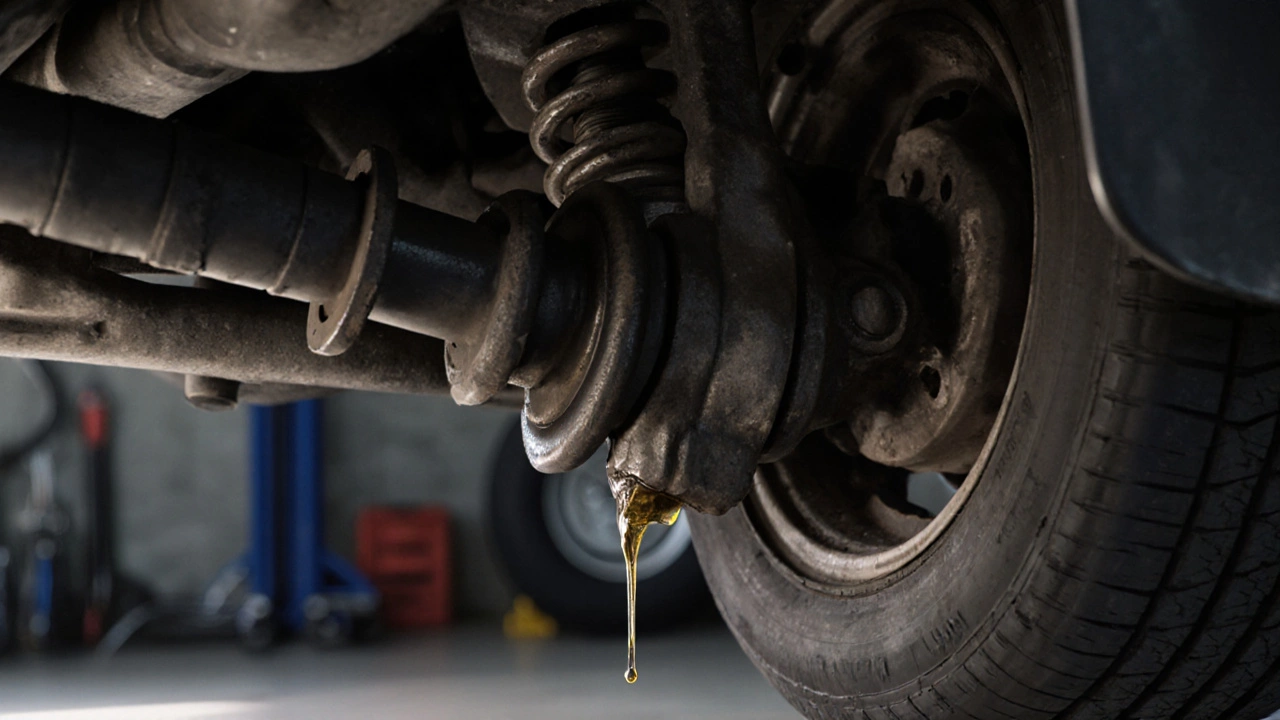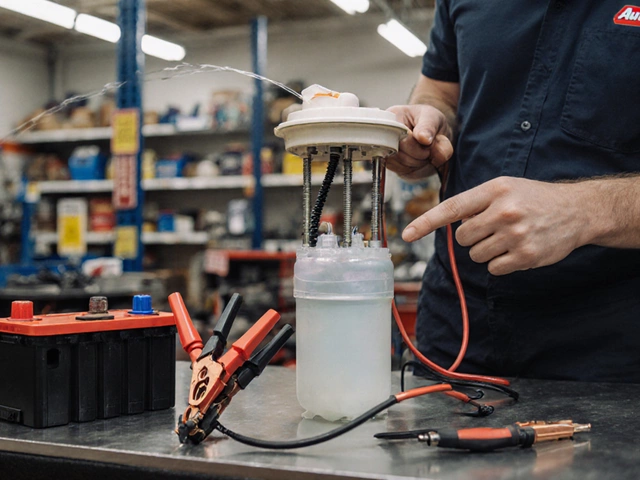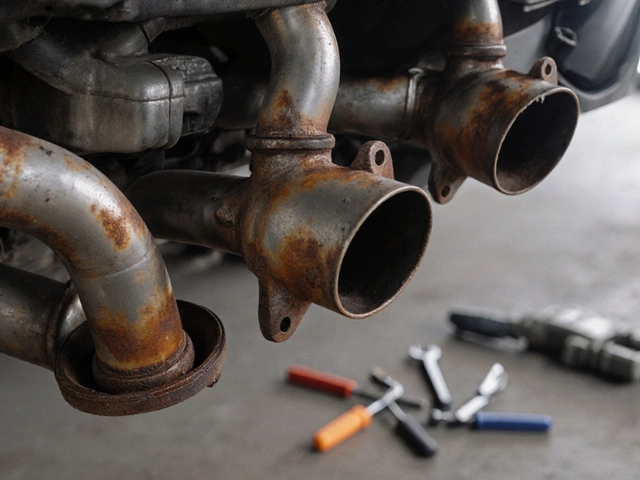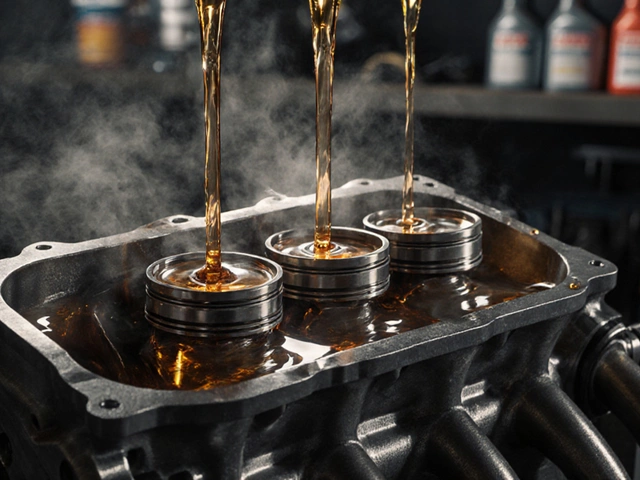Bad Shocks Sound: What Noises Mean and When to Replace Them
When your car makes a loud clunking, a heavy, metallic thud that happens when driving over bumps or potholes or a rhythmic bouncing, a springy, uncontrolled motion after hitting a bump, it’s not just annoying—it’s a warning. These sounds usually come from worn shock absorbers, components that control how your tires stay in contact with the road. They’re not just there for comfort; they keep your brakes working right, your tires from wearing out fast, and your steering from feeling loose. If you hear these noises, you’re not just dealing with a rough ride—you’re driving with reduced control.
Bad shocks don’t always scream for attention. Sometimes they just whisper—through a faint squeak when you turn, a rattling noise from the wheel well, or a car that feels like it’s floating over bumps. These are signs the internal parts inside the shock have worn out or leaked fluid. You might not realize it, but worn shocks also make your car take longer to stop. A study by the Automotive Safety Foundation found that vehicles with failed shocks needed up to 20% more distance to stop from 60 mph. That’s the length of a full parking space. And if your tires are wearing unevenly—like bald spots on the edges—you’re likely putting extra stress on them because the shocks can’t hold the tire flat on the road.
It’s not just about noise or comfort. When shocks fail, your whole suspension system suffers. The coil springs, the heavy metal coils that support your car’s weight end up doing all the work, which can lead to cracks or breaks. And if your shocks are gone, your struts, shock absorbers built into the suspension assembly can wear out faster too. This isn’t a "maybe fix it later" problem—it’s a safety issue. Imagine braking hard on a wet road and your car swaying instead of stopping straight. That’s what bad shocks do.
You don’t need to be a mechanic to spot trouble. Try the bounce test: push down hard on one corner of your car and let go. If it bounces more than once or twice, your shocks are worn. Listen closely when you drive over speed bumps or potholes. A healthy car absorbs the hit and settles. A car with bad shocks rebounds, clunks, or shakes. These sounds aren’t normal—they’re your car telling you it’s time to act.
Below, you’ll find real-world guides on what those noises mean, how long you can drive with bad shocks, what parts to replace, and how to avoid getting ripped off at the shop. Whether you’re hearing a thump, a rattle, or just feel like your car is falling apart, the posts here give you clear, no-fluff answers—so you know exactly when to replace your shocks and what to expect when you do.

What Sound Does a Car Make When Shocks Are Bad?
Bad shocks make loud clunks, thumps, and rattles when driving over bumps. These sounds mean your car's suspension is failing-leading to longer stops, uneven tire wear, and dangerous handling. Don't ignore the noise.
CONTINUE READING








